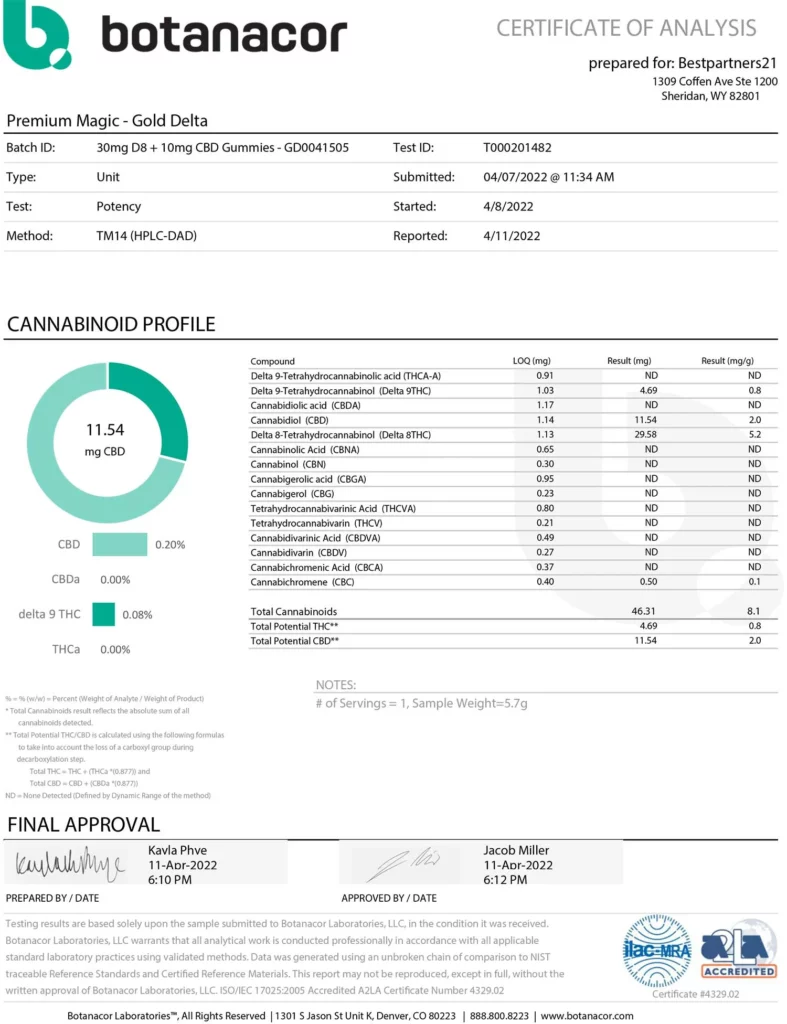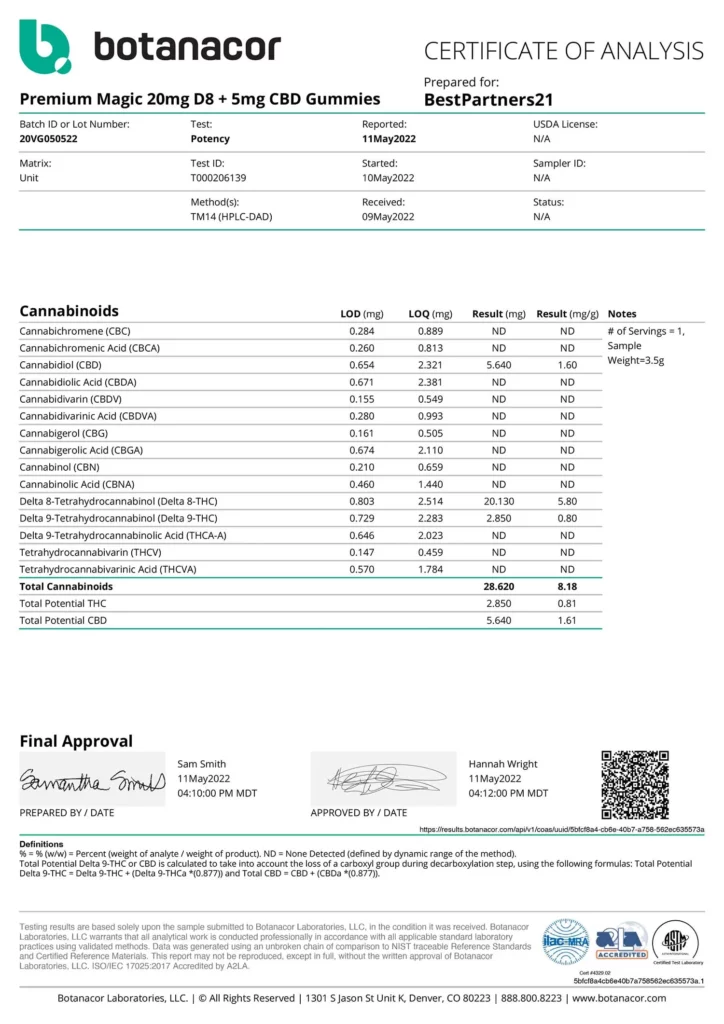
The History and Future of Medical Marijuana: How Far Have We Come?

Medical marijuana has, for centuries, been a vital element in the medical and cultural tapestry across the world. Our understanding and usage of this valuable plant have seen a transformative shift, from ancient civilizations’ ritualistic and therapeutic applications to the scientific advancements of the 21st century.
Origins: Roots of Medical Marijuana
The medicinal use of marijuana dates back to ancient times, with evidence suggesting its therapeutic benefits were recognized in China as far back as 2737 BC. The plant was commonly utilized to treat ailments such as malaria, gout, and even absent-mindedness. Fast forward a few centuries, the eminent Greek physician Dioscorides cited cannabis as a remedy for inflammation and pain.
Transition through Time: From Acceptance to Prohibition
During the 19th and early 20th centuries, marijuana was integrated into Western medicine. Medical practitioners routinely prescribed cannabis extracts to alleviate various conditions, from menstrual cramps to muscle spasms. However, the tide started to change with the Marihuana Tax Act of 1937, which levied a tax on all cannabis sales, including hemp, effectively leading to a widespread prohibition.

Silver Fruity Mix
Original price was: $68.99.$33.99Current price is: $33.99.
Or Subscribe and Save 30%

Silver Paradise Mix
Original price was: $68.99.$33.99Current price is: $33.99.
Or Subscribe and Save 30%
Re-emergence: The Science-backed Revival of Medical Marijuana
The late 20th century marked a pivotal turning point for medical marijuana, as advancements in scientific research began to re-illuminate its vast therapeutic potential. This period, characterized by novel discoveries and shifting societal perspectives, laid the groundwork for the modern-day understanding and acceptance of marijuana as a valuable medicinal tool.
In the 1960s, at the heart of this revolution, was the pioneering research conducted by Israeli scientist Raphael Mechoulam. His work led to the groundbreaking identification of tetrahydrocannabinol (THC), the primary psychoactive component in marijuana. This discovery triggered a global ripple effect, catalyzing widespread scientific interest and spurring further exploration into the intricacies of cannabis chemistry.
The following decade witnessed the uncovering of another major cannabinoid – cannabidiol (CBD). Unlike THC, CBD was found to possess significant medicinal properties without inducing a ‘high,’ revolutionizing the approach towards cannabis-based therapies. CBD demonstrated promising results for a host of conditions, ranging from epilepsy and multiple sclerosis to chronic pain and anxiety. The discovery of CBD further reinforced the potential for therapeutic applications of marijuana and its constituents, and provided a strong foundation for future research endeavours.
Simultaneously, advancements in technology paved the way for more sophisticated extraction and production methods, enhancing the accessibility and purity of medical marijuana products. From oils and tinctures to edibles and topical creams, the range of available forms diversified, accommodating individual patient preferences and needs.
The later years of the 20th century also saw significant strides in understanding the body’s endocannabinoid system (ECS), a complex cell-signaling system playing a key role in maintaining physiological homeostasis. Unraveling the intricacies of the ECS and its interactions with cannabinoids led to new insights into the mechanisms underlying the therapeutic effects of marijuana. By targeting specific receptors within the ECS, researchers began to formulate targeted treatments for a variety of health conditions.
Towards the turn of the millennium, the surge in preclinical and clinical studies established a solid body of evidence supporting the therapeutic benefits of medical marijuana. This scientific substantiation, coupled with increasing public advocacy, gradually shifted legal and societal viewpoints, culminating in policy reforms that acknowledged and permitted the use of marijuana for medical purposes.
Current Perspectives: Medical Marijuana in the 21st Century
The 21st century dawned a new era for medical marijuana, with an accelerating pace of discovery, acceptance, and application. The robust body of research amassed in the late 20th century continued to proliferate, painting an increasingly detailed picture of cannabis’s therapeutic landscape.
At the heart of medical marijuana’s current status are the pivotal clinical trials investigating its efficacy across a broad spectrum of health conditions. For instance, multiple studies have highlighted marijuana’s effectiveness in managing chronic pain. This promising outcome offers a more natural alternative to synthetic painkillers, sidestepping the potential for opioid addiction and side effects.
Meanwhile, medical marijuana has been making transformative strides in the realm of neurology. Patients with epilepsy, especially children with severe forms such as Dravet syndrome and Lennox-Gastaut syndrome, have seen unprecedented improvements in their condition with CBD-based treatments. The US Food and Drug Administration’s approval of Epidiolex, a CBD-based drug for these syndromes, underscores the growing recognition of marijuana’s therapeutic potential.
Moreover, medical marijuana has also emerged as a potent ally in the fight against mental health disorders. From post-traumatic stress disorder (PTSD) to anxiety and depression, cannabis-based treatments have showcased their potential to alleviate symptoms and improve quality of life.
Simultaneously, the acceptance and usage of medical marijuana in oncology have surged. It has been shown to mitigate nausea and vomiting induced by chemotherapy, stimulate appetite in patients with cancer-related cachexia, and ease cancer-related pain.
Parallel to these medical advancements, the legal landscape surrounding marijuana has been evolving as well. More and more U.S. states are legalizing its medicinal use, reflecting a societal shift towards acceptance. Globally too, countries like Canada, Uruguay, and more recently, Mexico, have ushered in comprehensive marijuana reform, including its medicinal use.
This legalization has paved the way for an expansion in the availability and diversity of medical marijuana products. From sublingual tinctures and edibles to transdermal patches and vaporizers, patients can now choose the most suitable mode of administration.
Additionally, the growth of telemedicine has streamlined patient access to medical marijuana. Patients can now consult with healthcare providers remotely, get prescribed, and receive their medication, all without leaving the comfort of their homes.
Educational initiatives to disseminate accurate information about medical marijuana have also been instrumental. Dispelling myths, addressing concerns, and equipping both healthcare professionals and patients with knowledge are crucial steps in ensuring safe and effective use.
Horizons Ahead: The Future of Medical Marijuana
As we look forward to the future, the prospect of medical marijuana continues to evolve, fuelled by ongoing scientific research and technological advancements. Emerging trends suggest a focus on individualized medicine, with cannabinoid-based therapies tailored to patients’ unique genetic profiles.
Simultaneously, the development of innovative delivery methods, from inhalable aerosols to sublingual tinctures, ensures more accurate dosing and improved patient outcomes. Furthermore, the increasing integration of AI and machine learning in cannabinoid research promises unprecedented progress in our understanding and utilization of this remarkable plant.
However, the journey towards universal acceptance is far from over. Numerous challenges need to be addressed, including regulatory hurdles, standardization of products, and dispelling societal stigmas associated with marijuana use. But with an optimistic outlook and a commitment to scientific exploration, we can expect medical marijuana’s trajectory to continue soaring upwards, bringing relief and hope to patients worldwide.







